Associate Professor, Dr. Nguyen Ta Nhi, Institute of Han Nom Studies, is considered a leading expert on Nom script in our country, a person with profound, deep and multi-dimensional knowledge of ancient Vietnamese. He is the author, co-author and editor of many valuable works on Vietnamese culture. During Associate Professor, Dr. Nguyen Ta Nhi's working trip to Ha Long City, reporters from the Quang Ninh Media Center had an interview with him.
 - Sir, during your survey trip to Ha Long City, which relics impressed you the most?
- Sir, during your survey trip to Ha Long City, which relics impressed you the most?
+ I thank Ha Long City for inviting me to survey some important historical sites. I am very impressed with the famous temples in Quang Ninh, such as Tran Quoc Nghien temple, King Le Thanh Tong temple on Bai Tho mountain, Long Tien pagoda and especially King Le Thai To temple in Le Loi commune.
- What do you think is special about the temple?
+ After returning to Hanoi , reading more historical data related to King Le Thai To, we focused on thinking and proposing the need to build a plan for King Le Thai To's temple to match his stature as well as the current Ha Long City. What surprised us was that King Le Thai To's temple was located in Le Loi commune, the king's given name.
Coming here, we suddenly thought of another temple of King Le Thai To, also in Le Loi commune but in Muong Te district, Lai Chau province. Here, there is still preserved a Chinese poem of King Le consisting of 8 lines, each line has 7 words, written in 1432, carved on the cliff. In particular, I especially pay attention to 4 lines of poetry: "Border defense is good, we must prepare a strategy to fight the enemy at the border/ To make the country peaceful for a long time/ Three hundred dangerous rapids and waterfalls are nothing/ Now we just see them as flowing water.
History books also record that King Le Thai To went to fight the enemy in Cao Bang in 1430, and in 1432 he fought Deo Cat Han in Muong Te. Thus, we can also guess that King Le Thai To went to fight the enemy in Hoanh Bo also happened around that time, which means it was nearly 600 years ago.
In the temple of King Le Thai To in Le Loi commune of Ha Long city, in addition to the deity Le Thai To, there is also a co-worship of Le Lai and Nguyen Trai. King Le Loi told his descendants to worship Le Lai. He even celebrated Le Lai's death anniversary one day before Le Loi's. Therefore, there is a folk saying: "Twenty-one Le Lai, twenty-two Le Loi". As for Nguyen Trai, because his life was full of ups and downs, and at the end of his life he was involved in the execution of his entire family, so his worship was sometimes neglected. When the villagers of Hoanh Bo built the temple of King Le Thai To, they chose Nguyen Trai as the person to co-worship, which was truly meaningful and humane.

- Ha Long City has an investment project to renovate and expand the temple of King Le Thai To in Le Loi commune. During this survey trip, what comments do you have for this restoration project in terms of Han Nom expertise?
+ In my opinion, Ha Long City needs to keep the existing parallel sentences, but can also keep the original content and remake them on a larger, more beautiful scale. There may be parallel sentences that are not really good, but the writers are very sincere, expressing their wishes for society and for their children, so they should still be preserved for posterity. It is also necessary to add new parallel sentences, horizontal lacquered boards, and scrolls to King Le Loi's temple to suit.
In my opinion, at the King Le Thai To temple, it is necessary to add 9 parallel sentences from 9 to 15 words long, 9 horizontal lacquered boards. In the festival yard, it is necessary to make more parallel sentences and new scrolls. Of which, there are 9 parallel sentences from 9 to 11 words long, including 1 parallel sentence in Nom script; 9 scrolls with the content of poems praising the merits of King Le Thai To and the gods. In the experience area, it is necessary to make 9 more parallel sentences from 9 to 13 words long, including 3 parallel sentences in Nom script and 9 large-character scrolls. In total, there are 27 parallel sentences and 27 horizontal lacquered boards.
At the same time, it is necessary to build a version of the stele recording the battle of King Le Thai To in Muong Te to place in the temple. This has a precedent because that version is located at Hoan Kiem Lake (Hanoi), and another version is located in Lam Son (Thanh Hoa). These versions are of interest to the public nationwide. Therefore, the city leaders should also allow the construction of a version of the stele recording the battle of King Le Thai To to be placed in the temple in Le Loi commune. Perspective of the project to expand the temple of King Le Thai To in Le Loi commune, Ha Long city.

- Why the number 27, sir?
+ In 1427, the country was free of the invading Ming army. The people of the whole country lived peacefully and happily. That merit was bestowed upon the Lam Son insurgents and King Le Loi by the people. That great merit was deeply imprinted in the hearts of the Dai Viet people. They worshipped him, built temples, and most likely the Le Thai To temple in Troi village, Tri Xuyen commune, Tri Xuyen canton, Uong Bi district, now Le Loi commune, Ha Long city, existed from that time, but the scale was obviously small. About 500 years later, the people of Troi village renovated the temple to a new scale, the remaining vestige of which is the three-entrance gate as proof.
Up to now, the temple has been increasingly restored on a much larger scale. In the eyes of those who study historical culture through Han Nom documents, I am particularly interested in 3 areas: the temple of King Le Thai To, the festival yard and the tourist experience area. We propose to add 27 parallel sentences, 27 horizontal lacquered boards with the wish of the number 27 so that we can remember the year 1427. And hopefully by 2027 the restoration project will be completed in a perfect manner.
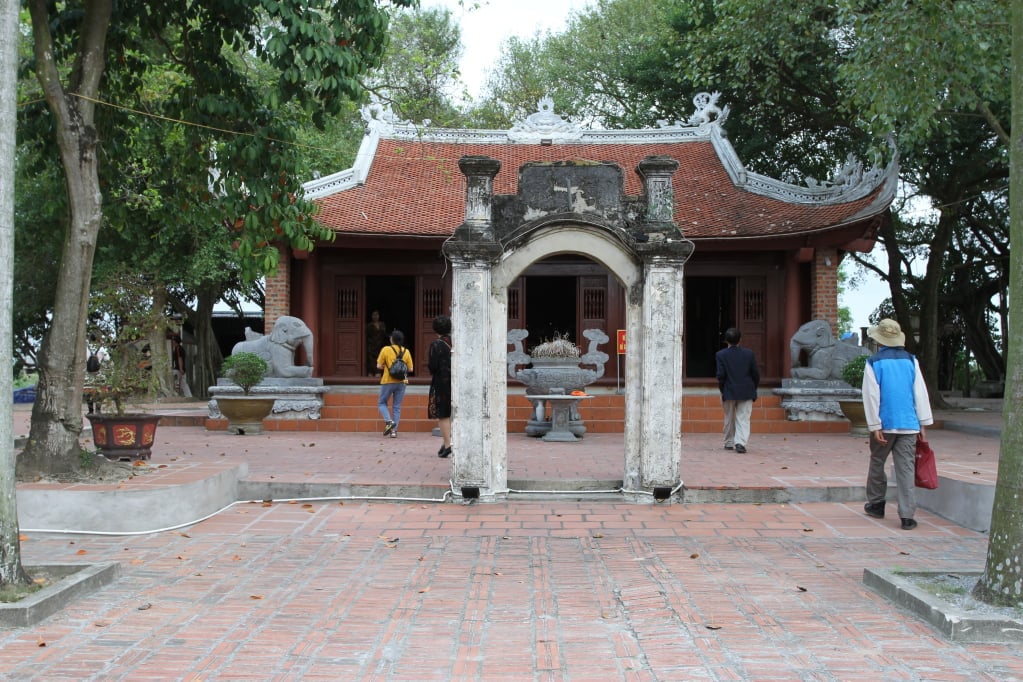
- Speaking of cultural vestiges from the Le Dynasty, or restored during the Le Dynasty, left in Quang Ninh, is there anything that catches your attention?
+ In Quang Ninh, the main relics are from the early Le Dynasty. Especially among these relics is Yen Tu, which Quang Ninh province, along with the two provinces of Hai Duong and Bac Giang, has submitted a dossier to UNESCO for recognition as a World Heritage Site. Traces of Tran Dynasty relics have been found, greatly restored during the Le Trung Hung period. In Quang Ninh, architectural relics and artifacts have been excavated through archaeology; restored architectures during the Le Trung Hung period have been revealed, which is evidence of the most renaissance and development period of Truc Lam Buddhism. Quynh Lam Pagoda and Ho Thien Pagoda are large pagodas in Dong Trieu that were restored in the 17th-18th centuries during the Le Dynasty. These relics help us clearly understand that during the Tran Dynasty, the peak of spirituality converged in Yen Tu with Truc Lam, the three founders of the Truc Lam Zen sect, which went through a period of stagnation until the Le Trung Hung period when it was strongly revived.
Evidence shows that the defensive works of the Le Dynasty were often located on large mountain peaks, near major traffic routes. These were also outposts that monitored the behavior of the Northern invaders. In Ha Long today, Truyen Dang Mountain (currently called Bai Tho Mountain, formerly called Roi Den Mountain) and Man Mountain (once considered as two twin mountains in legend) were used as places to light fires to signal that there were invaders invading the border. The smoke here would signal the outposts further inland. As we all know, for outposts to exist, they must have a spiritual system to protect them, in this case, Buddhism. In fact, from the 16th to the 18th century, Buddhism developed again. Therefore, it can be said that Buddhism contributed to strengthening the outposts, contributing to protecting the Fatherland. Many researchers have been interested in this issue.

- What you just said has a bit of a spiritual and mythical tinge?
+ No. What remains and remains until now are the relics, which we sometimes mistakenly think are only associated with religion and beliefs, but are actually associated with national heroes. Vietnamese people consider gods as spiritual forces necessary for the past, present and future. The heroes of heaven and earth are gods who bring favorable weather and good crops to people. That is true to Vietnamese tradition without being tainted with superstition. We must respect that.
- Thank you for the interview!
Source


![[Photo] Hanoi morning of October 1: Prolonged flooding, people wade to work](https://vphoto.vietnam.vn/thumb/1200x675/vietnam/resource/IMAGE/2025/10/1/189be28938e3493fa26b2938efa2059e)





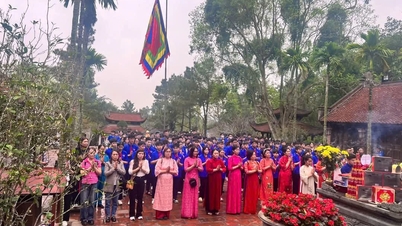


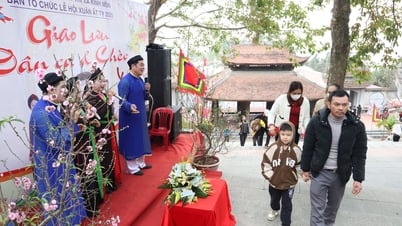
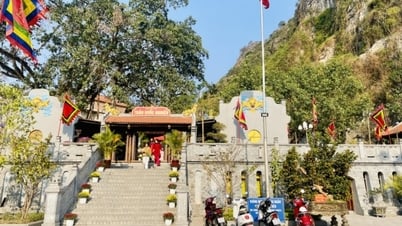
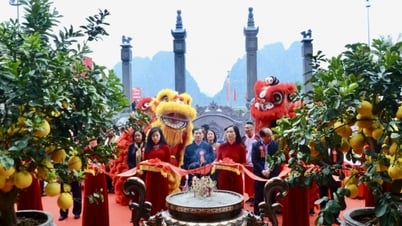

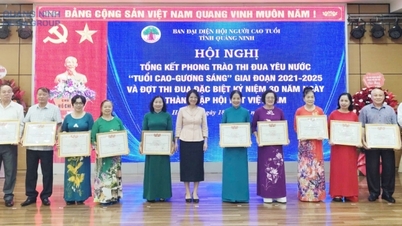


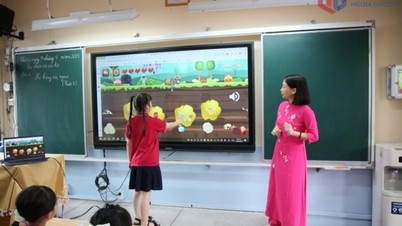
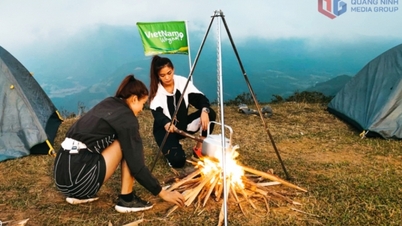

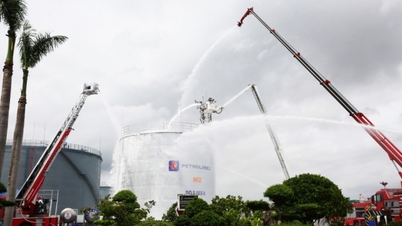





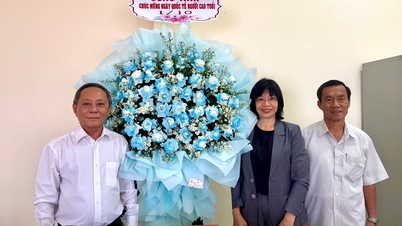
![[Photo] Panorama of the cable-stayed bridge, the final bottleneck of the Ben Luc-Long Thanh expressway](https://vphoto.vietnam.vn/thumb/1200x675/vietnam/resource/IMAGE/2025/9/30/391fdf21025541d6b2f092e49a17243f)
![[Photo] The 1st Congress of Phu Tho Provincial Party Committee, term 2025-2030](https://vphoto.vietnam.vn/thumb/1200x675/vietnam/resource/IMAGE/2025/9/30/1507da06216649bba8a1ce6251816820)
![[Photo] President Luong Cuong receives President of the Cuban National Assembly Esteban Lazo Hernandez](https://vphoto.vietnam.vn/thumb/1200x675/vietnam/resource/IMAGE/2025/9/30/4d38932911c24f6ea1936252bd5427fa)























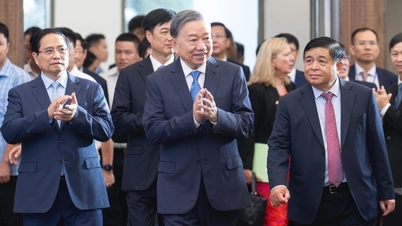
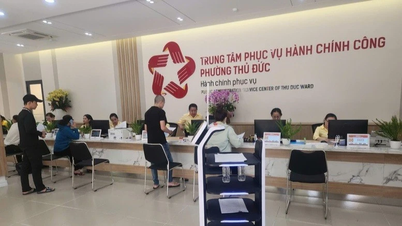


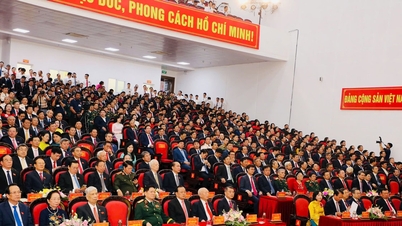









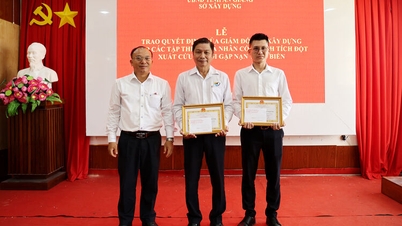

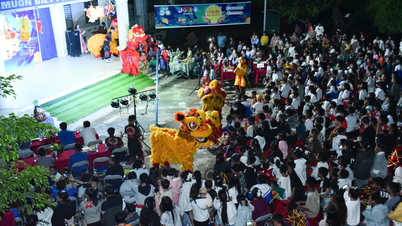

![[Megastory] A term of creation: An Giang rises from historical imprints](https://vphoto.vietnam.vn/thumb/402x226/vietnam/resource/IMAGE/2025/10/1/2660ab96e53f4270bcc37f8d39c36c78)
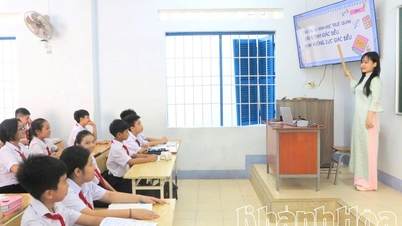


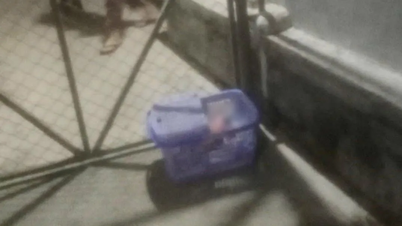















Comment (0)